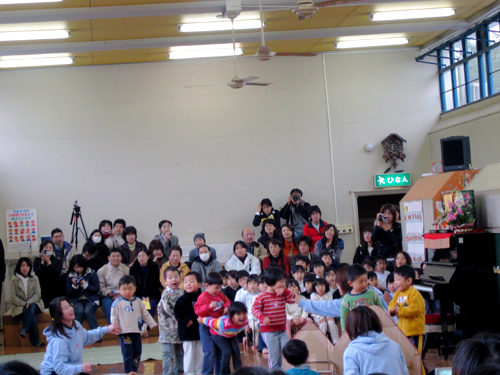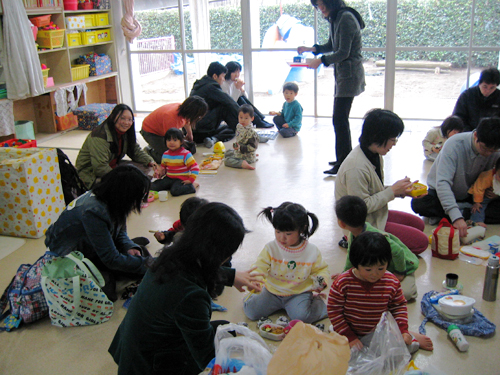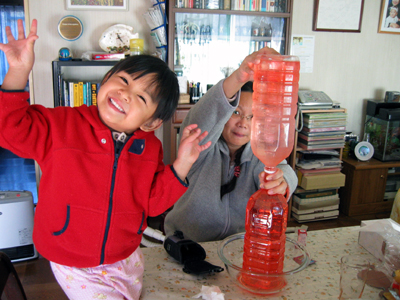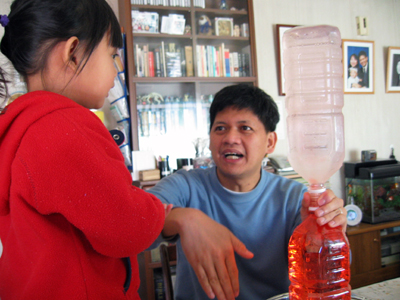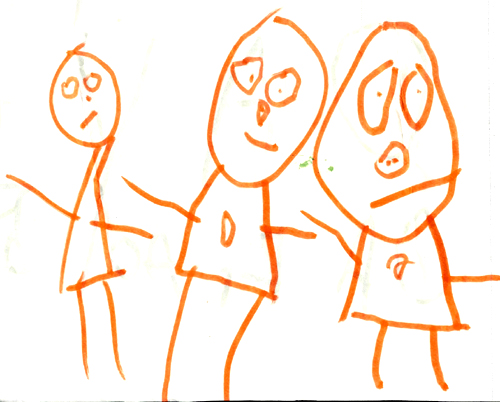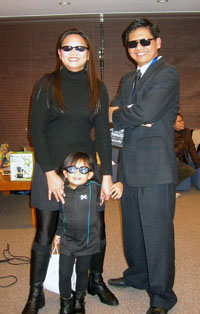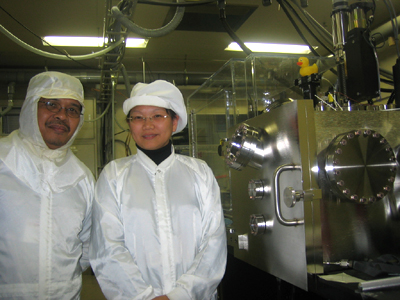“SPVC,” the doctor said. “Supraventricular, ahm…contraction. I’ll go look up what “P” stands for,” he added in Japanese. Actually, he didn’t have to. I knew what the word was. I have already done my homework. Cautiously I suggested that the word was “premature.” Still, he left the room and came back with a dictionary. “Ah, here it is. Premature. Supraventricular premature contraction. Esu-pee-bui-shee.”
Long before I went back to the hospital for my last and what I had hoped to be my final consultation with the doctor, I have already made my self-diagnosis. Since my so-called “attack” last month (Oct. 2), I have been acutely aware of my heartbeat, and I could feel every heart flutter, every day. Some days are quieter than the others, some days are marked by just too many flutters. It feels like a pause in my heartbeat, followed by a sudden flop feeling. If I feel my pulse, it would seem as if my heartbeat stopped, followed by a rather heavy beat. There are no other symptoms whatsoever.
All the tests came out normal. W. N. L = within normal limits. Aside from the ECG, blood test, x-rays performed at the ER, during subsequent visits I also had the 24-hour Holter monitor and heart ultrasound. The holter monitor is actually a cool gadget which records the heart’s electrical activity, a 24-hour ECG on-the-run. I wore the recorder on my belt as I did my daily chores. As it turned out, based on these tests, my heart is structurally sound, with really nothing to worry about.
Premature contractions may either be classified as atrial or ventricular in origin, hence the acronyms “PAC” for premature atrial contractions, and “PVC” for premature ventricular contractions. I couldn’t quite find enough resources on “SVPC”, but I could only suppose that it is also ventricular in origin, the term “supra” involving an area further up the ventricles. Here is a good description I found on the internet:
Ectopic heart beats are common but they are abnormal only when they occur at a frequency of more than 1 in 10 beats. Premature contractions may be of atrial (much more common) or ventricular origin. Immaturity of the conducting system may be the origin. The diagnosis is made by passing an M-mode cursor through one atrium and one ventricle. Premature atrial contractions are spaced closer to the previous contraction than normally and may be transmitted to the ventricle or blocked.
Premature ventricular contractions present in the same way but are not accompanied by an atrial contraction. Premature ventricular contractions are often followed by a compensatory pause due to the refractory state of the conduction system; the next conducted impulse arrives at twice the normal interval, and the continuity of the rhythm is not broken. Premature atrial contractions are usually followed by a non-compensatory pause; when the regular rhythm resumes, it is not synchronous with the rhythm before the extrasystole. The distance between the contraction that preceded the premature contraction and the one following it is not twice the distance between two normal contractions but a little shorter. Another approach to the sonographic diagnosis is to evaluate the waveforms obtained from the atrioventricular valves, hepatic vessels or inferior vena cava, which demonstrate pulsations corresponding to atrial and ventricular contractions.
I asked the doctor many questions, if only to annoy him because I waited for too long to have his final diagnosis (it took a month, by golly!). During my first consultation with him he actually said that my condition might be “WPW,” or Wolf-Parkinson-White syndrom, based on the ECG results taken earlier. I was mulling this new acronym over while waiting for my papers at the lobby when he called me back again to his consultation room. Well, he took back everything he said earlier, apologizing for unnecessarily making me worry. Apparently he consulted a cardiologist in the hospital and was told that my ECG was normal, and “WPW” was just “kangeinikui” = unthinkable. I heaved a sigh of relief.
Anyway, most of his replies mostly confirmed what I already knew, from my readings on the internet. I guess I just wanted to be reassured. But there are a few hard facts to swallow:
1. This condition is untreatable. I could take beta-blockers if I wanted to, but I don’t want to f**k with my heart, not if I can’t help it.
2. Once diagnosed, it’s here to stay.
3. I was probably born with it. There are no known causes, except that which is already inherent in the heart’s structure. I know that Daddy also experienced irregular heartbeats. But the doctor assured me that it’s not always hereditary.
4. I am still trying to verify this, but a lot of my readings tell me that caffeine is one of the triggers, among other things like stress, alcohol, etc. I’ve been purged of caffeine for almost a month now, and still I get the flutters. I am still unsure of whether to shun coffee for the rest of my life.
PACs and PVCs have not been associated to a higher mortality rate among healthy individuals. Interestingly, the doctor mentioned that feeling the premature contractions could actually be psychological. He pointed out that while I reported feeling the flutters mostly at night, my holter results showed that most of the premature contractions occurred during the day, when I am mostly busy with other matters. At night, when I lay down to sleep, that’s the time I feel the contractions more because I am not preoccupied with anything else. It’s much like saying, it’s all in my head. Well, that’s what I’ll try to do from now on – try not to think about my heart too much. Ok, I’m writing a blog about it, but it’s a different thing. 😛
A wake up call? Maybe. It’s easy to relegate health down the bottom of our priorities, until it gives us a tug (at the heart, in my case, har har har) But it is definitely high time to start taking care of myself better.
